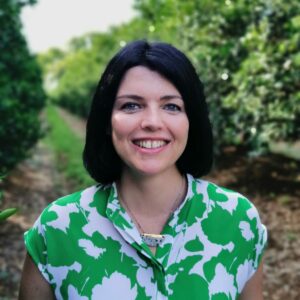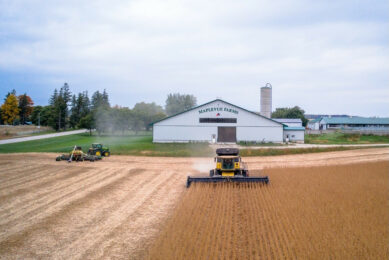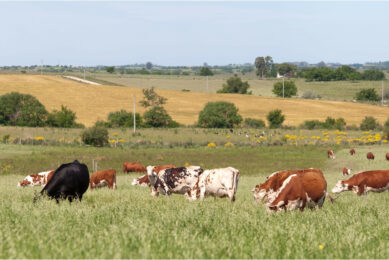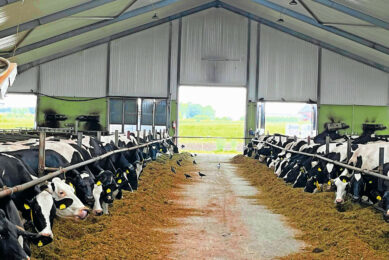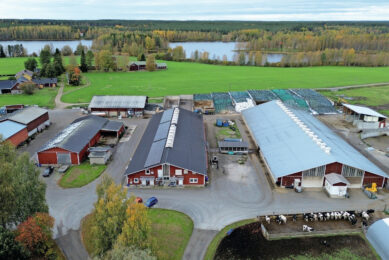Taking efficiency further by eliminating dairy cow manure collection
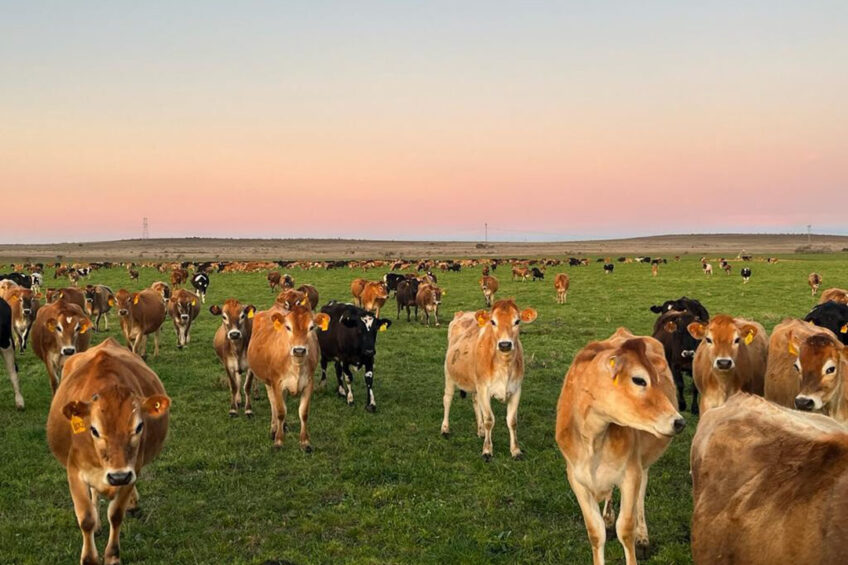
With nearly 50 farm workers across 2 dairy farms, owner Niel Wilke from Glentana farm in the Eastern Cape, South Africa, is focused on labour productivity as much as he is on the 2,770 cows. For him, stewardship means taking care of animals, the environment and people to ensure sustainability for future generations. Going one step further in his quest for efficiency, Wilke has designed a feeding timetable that means manure ends up on the pastures, rather than in the concrete holding pens.
The dual nature of South Africa’s economy means that business owners have an added aspect of sustainability to focus on: uplifting the marginalised. For farmers, this is particularly tricky since most job candidates are considered unschooled, with few completing high school. This means farmers require greater people management skills and need to focus on continuous training to ensure tasks are completed optimally.
For dairy farmer Niel Wilke, winner of the Milk Producers Organisation and Nedbank Stewardship Award 2023, excellence in stewardship addresses sustainability in the wider context, going beyond protecting natural resources to include the fair and ethical treatment of people and animals.
Training farm staff
“If I do my job well then I spend 80% of my time training staff. This way they take care of achieving milk production goals, and I make sure the staff have everything they need to do so,” says Wilke.
The shortage of skilled staff does not deter Wilke, as he believes attitude plays a far greater role in performance. “It is easy enough to teach someone a skill, but they must be hungry to learn, communicate well and have the right value system.”
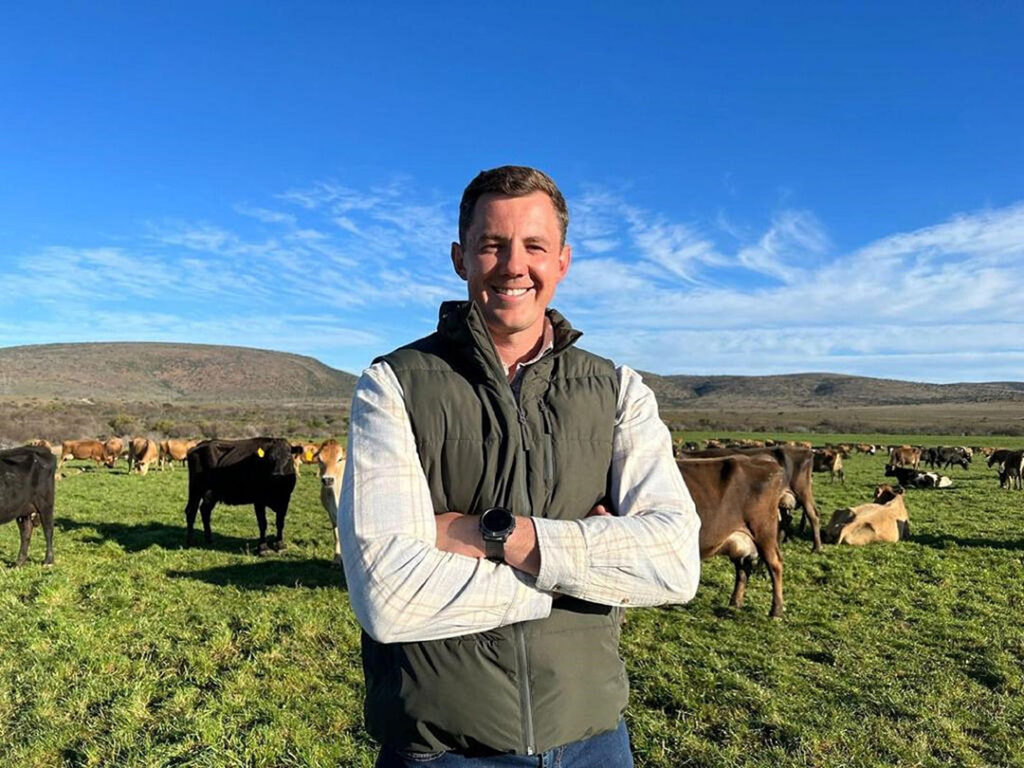 Wilke is motivated to empower his staff, regardless of their background and education level. “South Africa faces a big challenge to give the uneducated poor a leg up in the world, especially those who have no opportunities, or don’t even believe in themselves. Yet there is so much potential out there; we just have nurture their natural talents.”
Wilke is motivated to empower his staff, regardless of their background and education level. “South Africa faces a big challenge to give the uneducated poor a leg up in the world, especially those who have no opportunities, or don’t even believe in themselves. Yet there is so much potential out there; we just have nurture their natural talents.”
Key to achieving a productive, harmonious workforce is having open discussions with staff about their responsibilities. “I have to make sure they are motivated to go one step further and drive themselves forward without feeling like they are being pushed.”
Soccer and dairy farming
With soccer [football] being a favourite sport among farm workers in South Africa, Wilke starts his breeding season with a walk through the farm, likening the tasks and staff to a soccer match. “We talk about who the defenders, strikers and midfielders are: who is the first line of defence when making sure the cows conceive? Who do you pass the ‘ball’ to next and do they know what to do with it from there?
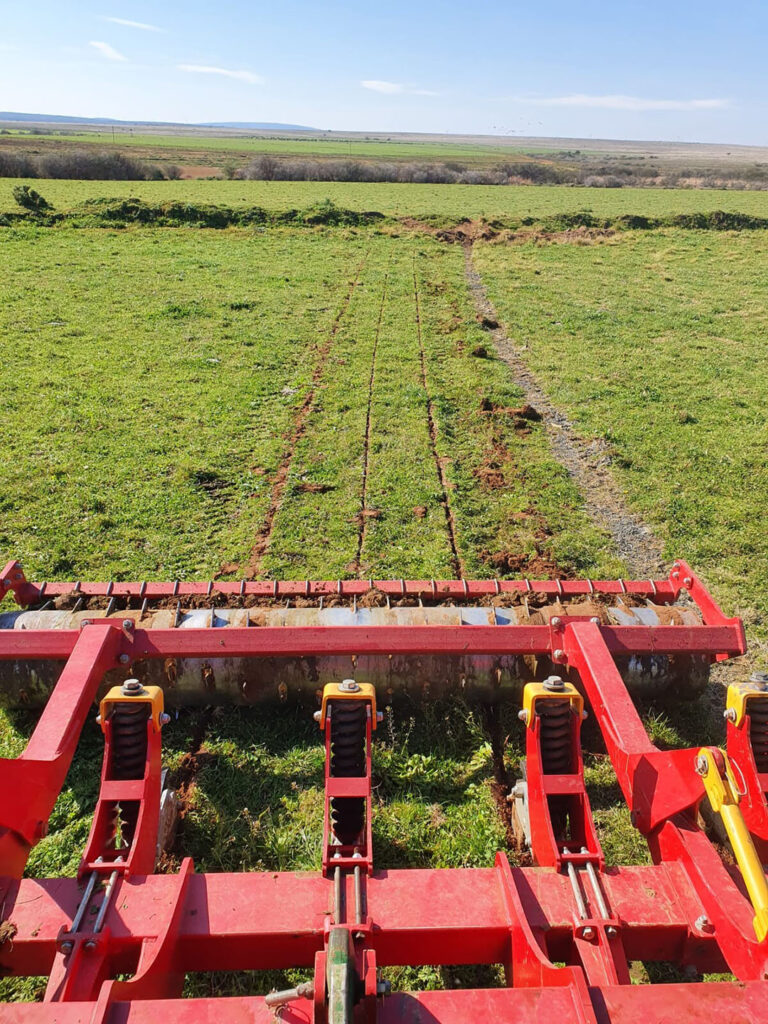
“We break down every job, make sure everyone knows what they need to do at every point in the season. If they don’t fully understand, then I discuss it with them until they feel confident,” he explains.
The pride and job satisfaction Wilke’s team achieves by being empowered to succeed means that staff turnover rates are low. With the average worker spending just under 8 years on the farm, institutional knowledge has time to grow, cementing the sustainability of the business.
Driving efficiency
The mechanic hum that generally indicates productivity in factories is almost absent from farms. And for Wilke, this absence of noise is especially indicative of sustainability. “We farm with nature, so that means a peaceful, quiet environment.”
Wilke achieves this silence by harnessing aspects of nature to eliminate the need for irrigation pumps, power generators and tractors. The farm obtains water from the Gariep Dam Irrigation Scheme, and all water reaches the pastures via gravity-fed irrigation systems. The milking parlour obtains 90% of its power requirement from solar and wind power, with the remaining 10% from the national electricity grid.
Going one step further in his quest for efficiency, Wilke has designed a feeding timetable that encourages cows to defecate on the pastures, rather than in the concrete holding pens on the way to the dairy. This eliminates the need to wash the surfaces with water, collect the manure with tractors, transport it to the slurry holding dam, then later spray it onto the pastures.
Wilke explains that cows follow a sleep-graze-sleep-defecate cycle. If they are fed 2 hours before going to the milking parlour, they naturally end up defecating when they are still in the pasture, after which they are sent for milking.
Optimising grazing
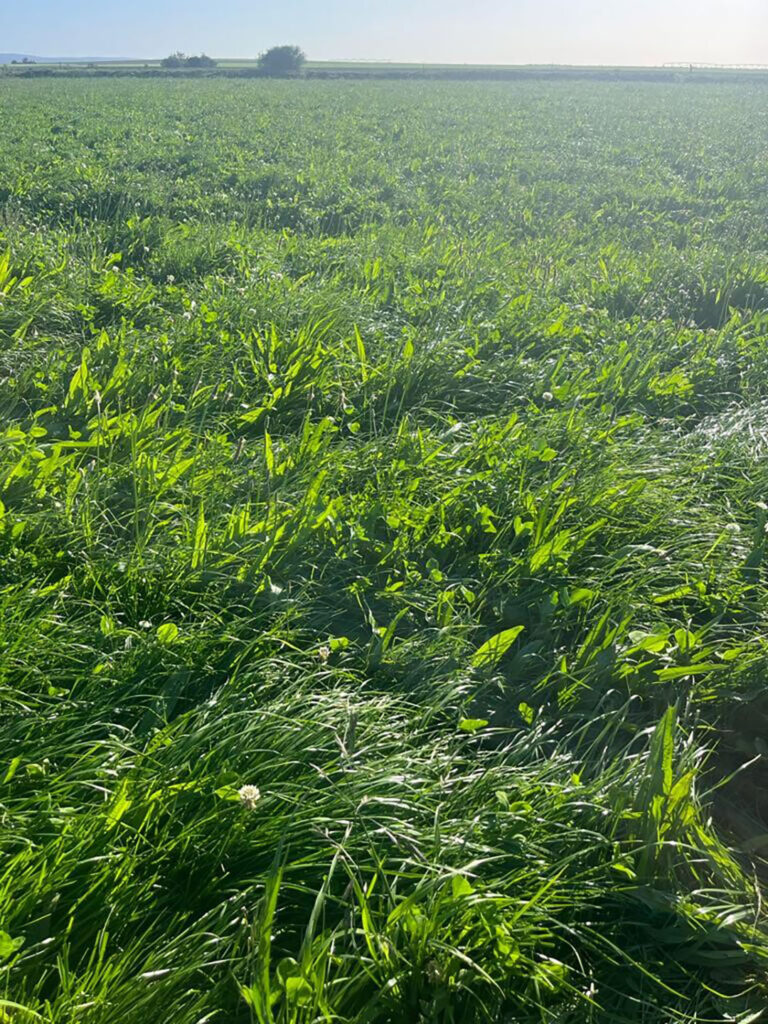 Cows that succeed in the Cookhouse area need to be able to withstand extreme temperatures, dropping to -2°C in the winter and peaking at 46°C in the summer. With the Glentana farm being long and narrow, the cows also need to be able to walk a fair distance while achieving a good feed conversion ratio. Jersey crosses are therefore used to obtain an ideal set of traits for the farm.
Cows that succeed in the Cookhouse area need to be able to withstand extreme temperatures, dropping to -2°C in the winter and peaking at 46°C in the summer. With the Glentana farm being long and narrow, the cows also need to be able to walk a fair distance while achieving a good feed conversion ratio. Jersey crosses are therefore used to obtain an ideal set of traits for the farm.
Pastures are planted to multispecies grazing, which includes 60% diploid ryegrass, 15% lucerne, 10% chicory and the remainder clover. Wilke calculates the stocking rate according to live weight per hectare, with 1,650kg placed on a hectare.
Since grazing availability peaks in spring and summer, 75% of the calving takes place during spring. At this time of the year the ryegrass quality is at its highest, providing nearly the same energy content as maize, but with 3 times the protein. Cows that calve in autumn receive bought-in feed, which Wilke obtains from surrounding farmers. Since 75% of the herd is then dry, their feed requirement is nearly halved and the feed bill is not overly high.
To make the most of pastures, Wilke focuses on soil health to get optimal nutrition from his land. No pesticides are used so that soil biology can flourish, and compaction is countered through minimum cultivation to allow for aeration. “We don’t turn over the soil, but rather make a cut 300mm into the soil, on the necessary fields,” he says.
Pasture quality and soil compaction is measured every week. “If performance is not on par with averages measured on the farm over time, we investigate why and apply the necessary remedy. Sometime fields require a lime application, or aeration. It is important to treat each field individually so we don’t waste inputs.”
Measuring performance and correcting on a case-by-case basis is key to Wilke’s success. His goal is to be among the top 5% of dairy farmers in South Africa, and with his focus on absolute efficiency and motivating his staff to seek the same, he is sure to reach his goal.


